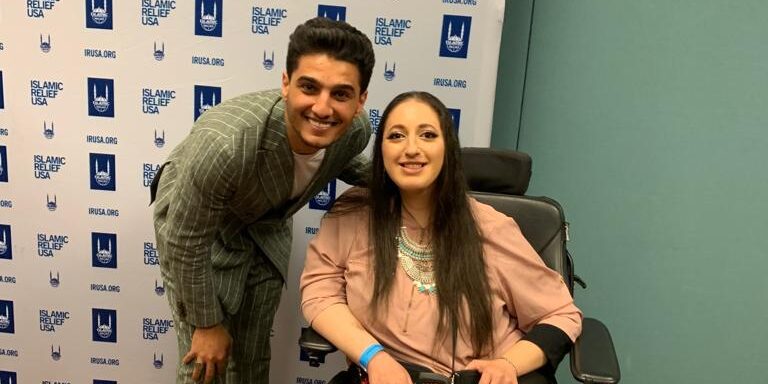
The Smart Way to Use Savings Accounts
By Steve Hendershot | Monday, July 25, 2022
Money kept in savings accounts pulls double duty: It’s accessible to address urgent, unexpected expenses, and it’s also a key component of a long-term investment strategy. In the face of a sudden job transition or a vehicle breakdown, for example, savings can provide flexibility and resilience.
For people living with neuromuscular diseases, “Every day won’t be easy, but we shouldn’t spend all our time chasing a dollar, either,” says Jonathan Greeson, CFP, owner of Jonathan Greeson Financial Planning, a wealth management firm based in Pikeville, North Carolina. “Saving and pursuing our goals can create the opportunities we believe are out of reach.”
Greeson lives with spinal muscular atrophy (SMA) and knows that the specter of unexpected expenses related to care and equipment always looms for people affected by neuromuscular diseases. Greeson values savings because it enables strategic risk-taking and unencumbered decision-making. That includes preparing for milestones such as marriage, buying a home, and sending children to college, as well as healthcare-related costs.
Savings vehicles
Greeson advises clients to build savings equivalent to at least three months’ income before pursuing higher-risk investments. There are several different strategies and savings vehicles available to help.
ABLE account. An ABLE account is special tax-advantaged savings account available to people with disabilities incurred before age 26. (A bill being considered by the US Senate would increase the age limit to 46. Visit MDA’s Advocacy Action Center to urge your senators to support this bill.) A person is allowed to have one ABLE account, but the accounts may consist of a mix of investments, including savings and higher-risk options with the potential for high yields. Money invested in an ABLE account is allowed to grow tax-free, and it may be used to fund qualified expenses, including those related to housing and transportation.
Perhaps most useful: ABLE accounts with balances up to $100,000 are not factored into the formulas used to calculate eligibility for means-tested federal benefits, such as supplemental security income (SSI), that limits other savings to just $2,000.

Jonathan Greeson
Since the Achieving a Better Life Experience (ABLE) Act was passed in 2014, enabling the accounts, disabled persons have opened about 120,000 ABLE accounts with an average account balance of $9,300. “That’s an amount of money that many of these folks did not previously have the ability to save, invest, and build,” says Miranda Kennedy, director of the ABLE National Resource Center. “It’s a game-changer.” (Follow @theABLENRC on Facebook and Twitter for their August #ABLEtoSave campaign.)
Earning interest on savings. Savings accounts generally produce a much lower investment return than, for example, a mutual fund, which is why long-term goals such as saving for retirement often involve investment vehicles such as a Roth IRA. Savings, in contrast, is readily accessible and safe from market fluctuations.
Still, people can earn interest on their savings by putting their money in a high-yield savings account or money market account. For people who know they won’t need to access their savings for at least a few months, options such as certificates of deposit (CDs) and Treasury bills can deliver even better rates.
Keep in mind that mutual funds, Roth IRAs, CDs, Treasury bills, and most savings accounts are countable resources that impact SSI.
Any of the savings vehicles mentioned above can set a person on a path toward financial independence.
“Savings are the foundation on which to build your plan,” Greeson says. “Without savings, it’s very difficult to move forward.”
Next Steps and Useful Resources
- Coming soon: MDA’s Access Workshop on financial independence.
- Learn about financial tools and savings options that help you achieve your goals in “Plan for a Bright Future.”
- Durable medical equipment can be a significant expense. Find equipment-related resources and learn how MDA can assist with finding items.
- Wondering how to manage home or vehicle modifications? Start with these steps
Disclaimer: No content on this site should ever be used as a substitute for direct medical advice from your doctor or other qualified clinician.




